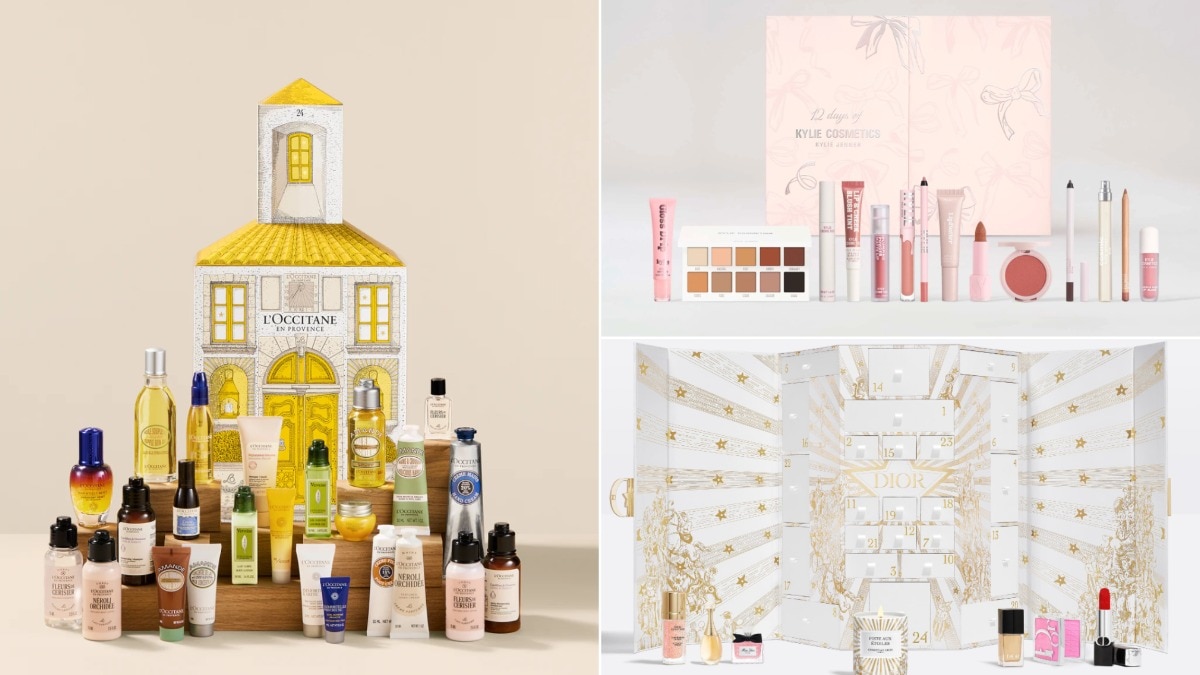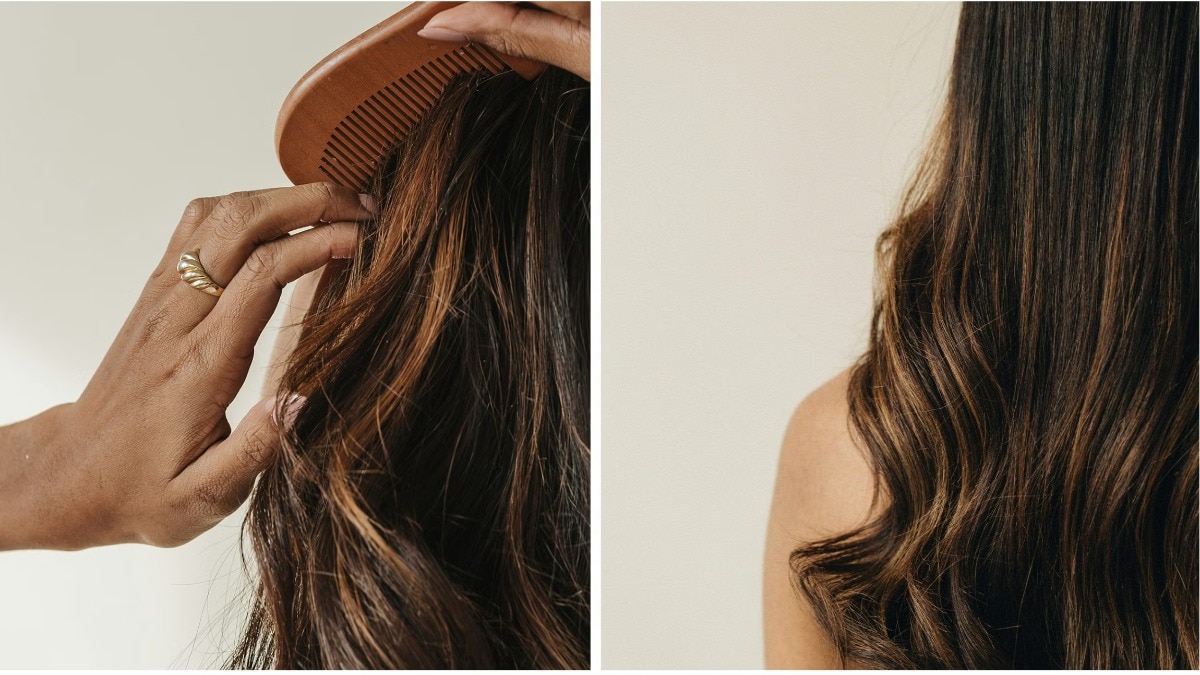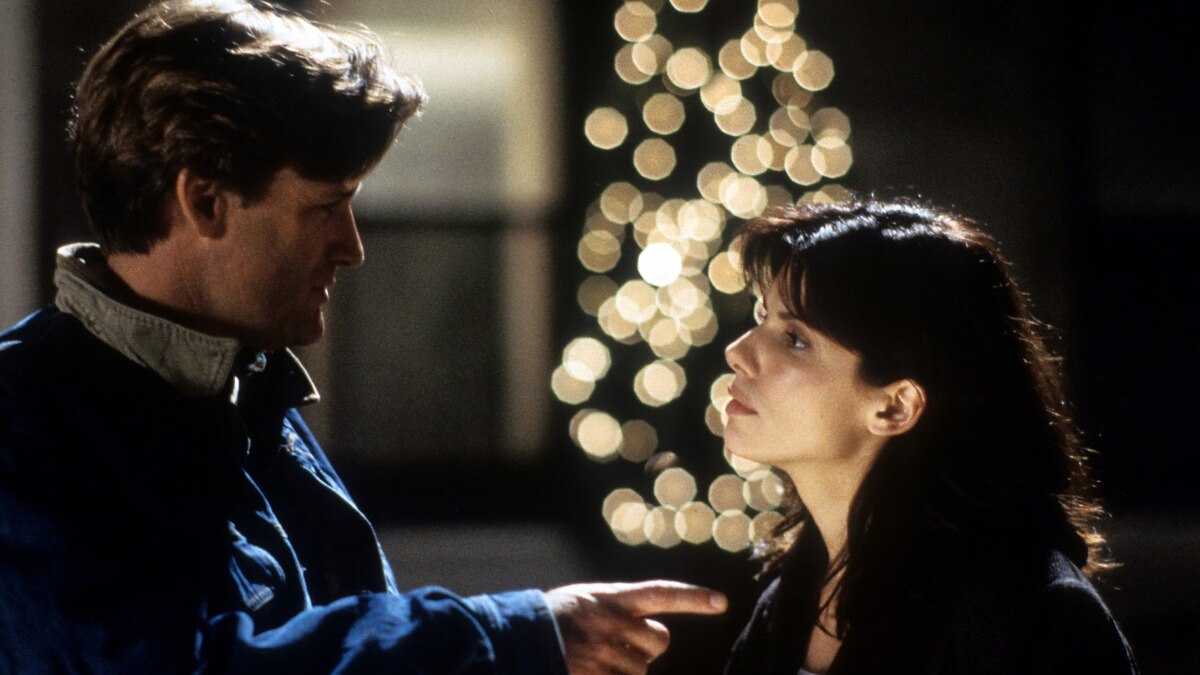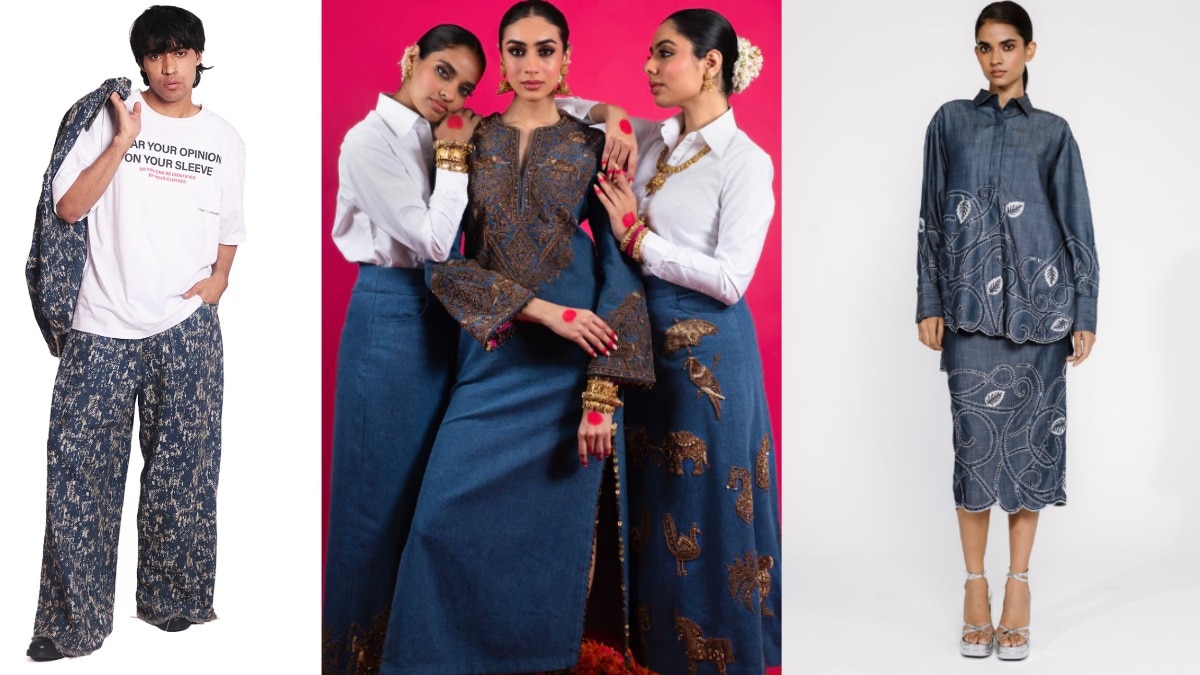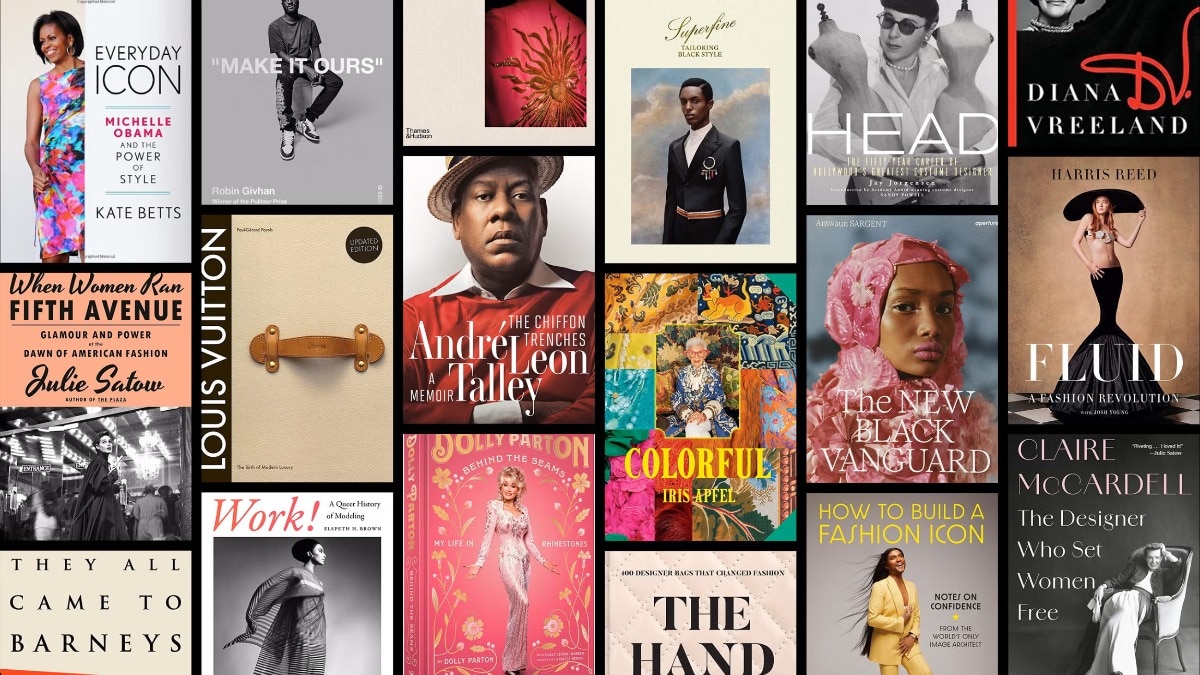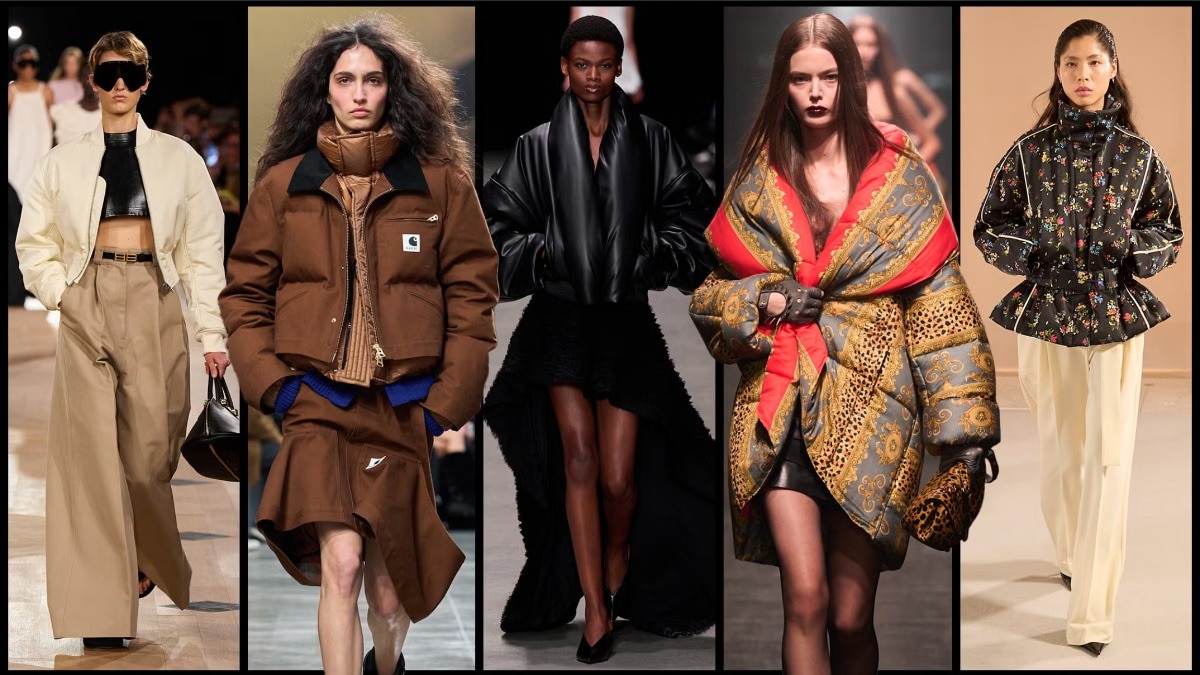Here's how I came to terms with my grey hair
This is what happened when US Bazaar’s editor-in-chief and committed brunette embraced her whites


I remember the first time I realised that my hair was beginning to go grey. I was in my twenties, and on holiday with my sister. We were lying in the sun, digesting lunch, when she told me I had a few grey hairs and offered to pull them out. After she had been plucking, agonisingly, for about 10 minutes, my scalp was aflame and I had to beg her to stop.
Going grey early shouldn’t have been a shock—my father’s jet-black curls were entirely grizzled in his thirties and snow white by 45. But my identity was wrapped up in being a brunette. So, after first changing my hairstyle—a fringe simply highlighted the salt-and-pepper effect at the front—I headed to the salon for a tint. For the next 25 years, I continued to do so, at gradually decreasing intervals, relying on off-the-shelf dyes and touch-up sprays to keep regrowth at bay. Over the years, I must have spent more than a month sitting in the colourist’s chair. Even lockdown failed to break my allegiance to brown hair—I bought a set of colour brushes, and my hairdresser taught me how to use them on a video call.
Of course, I noted that society’s attitude to grey hair had shifted, with the craze for teenagers and twenty-somethings to colour their locks silver; but when I floated the idea of following suit, my teenage daughter burst into tears. ‘I don’t want you to look old,’ she sobbed. I caved, but couldn’t rid myself of the resentment at having spent thousands of pounds covering my natural locks with chemicals while others were choosing to adopt the cindery shades I was fighting to hide. I also began to see an increasing number of elegant women sporting heads of natural silver, from fashion journalists such as Catherine Hayward, Anna Murphy and Sarah Harris, to public figures including Christine Lagarde and Andie MacDowell,who chose the 2021 Cannes red carpet to unveil a cascade of steely curls. None of them looked old; they appeared edgy, almost rebellious. By defying the stereotype imposed on women that going grey is letting the side down, they paradoxically seemed
younger. So I decided to ignore my family and follow their example.

My first foray into grey came when I persuaded my regular hairdresser—against her will—to bleach out a single lock of hair at the front. She warned me it would probably be a nasty shade of yellow, but it emerged silvery white, as did the regrowth. Encouraged by this, the following month, I opted for a stripe on the other side of my face. The reaction from my family, friends and colleagues was positive. But I was unsure what to do next.
Enter Josh Wood, the world-renowned colourist, whose touch-up products I had, ironically, been using to hide my emerging greys. We met in his buzzy west London atelier, and I noticed with approval that he had an elegant white crop, so he clearly understood the aesthetic I was after. ‘The problem is not necessarily going grey, but the transition period, because there is a “badger moment” of dark hair with white roots unless you have a really skilled hairdresser,’ he says. He also believes that society puts a psychological requirement on women to be reliable and dependable. ‘Maintaining the same hair colour is a metaphor for proving that you haven’t changed.’ The trouble is that since the complexion becomes paler, a hair colour that worked in your thirties may look harsh in your fifties. So change is essential, even if your aim is to look the same.
Wood talked me through the transition process, which turned out to be surprisingly complex. ‘The mistake people make is to think that the way forward is to grow out and leave the hair—but quite often grey needs a lift or a little sparkle. So it’s not about stopping colouring, it’s about adding colour to enhance grey,’ he explained. ‘The other error is not thinking of grey as a colour in itself and just toning everything to the same flat grey. But the grey might actually be platinum, silver, steel, oyster or cream, and they will all suit different skin tones.’

Wood’s first task was to lift the dark colour out of my hair using mild bleach. Then he highlighted strands throughout with silver and gold and finally used a toner to cool down the overall shade.
I admit to a moment of terror once the blow-dry had been completed—would I now see Miss Havisham looking back at me in the mirror? Strangely, however, I felt I looked younger. The silver framing my face seemed to throw a flattering light on it; I liked embracing the reality of my hair colour. Over time, I have found myself making other changes, gravitating towards a stronger lip, and replacing neutrals in my wardrobe with scarlet, navy and bottle green.
But the biggest difference has been in the recovery of my own time. Far from rushing to the salon after three weeks, I was able to wait for three months before visiting Wood for a refresh. As a result, my hair is glossier and in better condition, in its natural, sparkling state. For now, at least, I’m glad to be grey.


